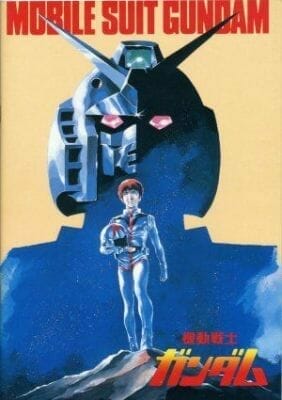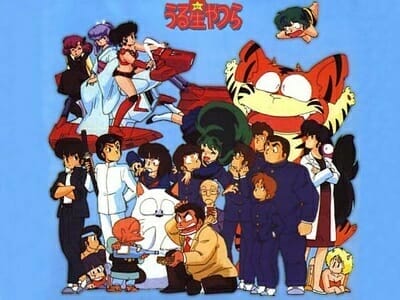 R1 Pubisher: Voyager
R1 Pubisher: Voyager
What is it?
Space Battleship Yamato is a space-faring adventure set in a distant future, and a far-away galaxy. In the future, an alien race known as the Gamilon is waging war on humanity. Earth is uninhabitable, after what seems like an eternity of bombardment by radioactive asteroid bombs.
Why is it important?
Space Battleship Yamato is recognized as being the first major Space Opera genre of anime. The series was a major driver of the career of Leiji Matsumoto, who quickly became a prominent figure in the anime world for his contributions to Yamato, Galaxy Express 999, and Captain Harlock.
Any Interesting Stories?
- The series was originally conceived in 1973 by Yoshinobu Nishizaki. Before Matsumoto joined production, the series was to be a space-faring version of Lord of the Flies titled Asteroid Ship Icarus. Coincidentally, Sunrise would use a very similar concept to Icarus in its 1999 series, Infinite Ryvius.
- Iconic hero Captain Harlock was originally supposed to appear in the series’ final arc, as the crew began their journey from Iscandar. The idea never came to fruition in anime form, unfortunately. Instead, Harlock made his anime debut in the 1979 film Arcadia of My Youth.
- Star Blazers was released in the US primarily as a means to cash in on the Star Wars phenomenon.
- In the US run, the Yamato was renamed to the Argo, after Jason and the Argonauts, to avoid offending WWII veterans.
Intro (Japan)
[yframe url=’http://www.youtube.com/watch?v=h3yG3ZhrRnk’]
Intro (US)
[yframe url=’http://www.youtube.com/watch?v=eMcrep48Wz0′]











